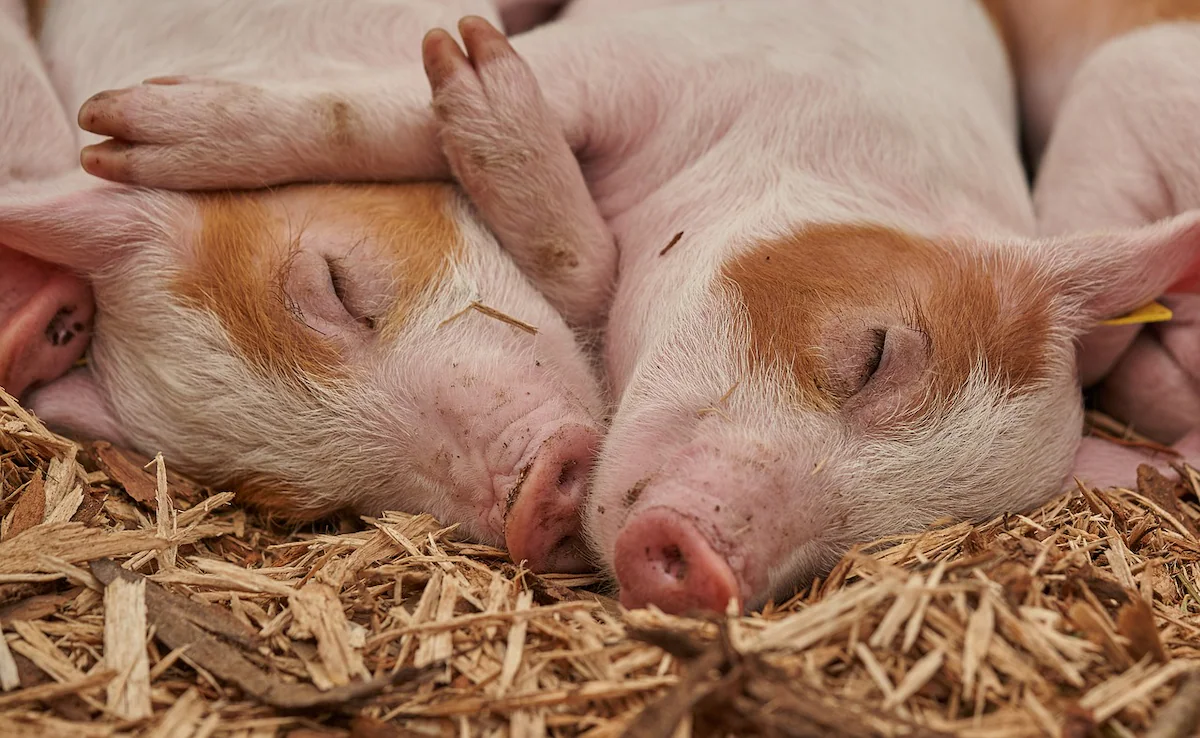The recent detection of H5N1 bird flu in a pig on an Oregon farm signals a concerning development, as the virus, typically found in birds, now appears capable of infecting mammals more readily. Over the past few years, the H5N1 2.3.4.4b strain has spread widely across various animal populations, including poultry, wild birds, and for the first time, dairy cattle.
The infection in pigs raises red flags because pigs can act as mixing vessels for flu viruses, allowing avian flu to combine with human flu strains, potentially creating a strain that could spread between humans. So far, human cases of H5N1 remain isolated to individuals in close contact with infected animals, but the virus’s adaptation to mammals poses an elevated pandemic threat.
The primary driver of concern is the mutation in the H5N1 virus, which has now allowed it to infect animals that were previously resistant, such as pigs. Pigs have unique respiratory receptors that can bind both avian and human flu viruses, making them ideal hosts for genetic mixing. This mixing could lead to the creation of a virus that spreads easily among humans, increasing the risk of a global outbreak.
In the Oregon case, the pig became infected following a poultry outbreak on the same farm, and this strain was traced back to wild birds rather than the strain affecting dairy cattle across multiple U.S. states. Should this virus enter commercial pig farms, the threat level would escalate, particularly during flu season when human transmission rates rise.
Preventing a pandemic requires vigilant surveillance of infections across birds and animals. Governments and health agencies can detect early warning signs through extensive testing, timely reporting, and financial support for affected farmers, encouraging transparency.

Systems like EPIWATCH monitor respiratory illness patterns globally to catch unusual outbreaks that might signal a shift toward human transmissibility. Quick identification is essential for containment, as delays could allow the virus to spread undetected. Recent events, such as delayed subtype identification in Australia’s first human H5N1 case, highlight the importance of prompt, thorough testing to differentiate between seasonal and avian strains.
Improving influenza surveillance on a global scale is essential to prepare for a potential pandemic. Rapid subtype tests that distinguish seasonal flu from H5 influenza are being developed and could play a key role in pandemic response strategies. Countries like Australia and others should consider these tests in their pandemic planning to reduce the risk of misidentifying emerging pandemic strains as routine flu.
Enhanced global collaboration and early intervention could be crucial in mitigating the impact of any future outbreaks, especially in light of the new mutations observed in H5N1 that increase the risk of human adaptation.
While the Centers for Disease Control and Prevention currently assesses the public risk of H5N1 as low, the spread of this strain in a variety of animals, coupled with mutations that facilitate mammalian infection, raises the statistical likelihood of a pandemic. Fortunately, influenza vaccine technology allows for rapid adaptation; as soon as a new strain’s genome is sequenced, vaccines can be updated.
Some countries, like Finland, are already vaccinating high-risk individuals in agriculture to curb early-stage transmission. With current technology and preparation, health systems are better equipped to handle an influenza pandemic than many other types of outbreaks, although heightened vigilance remains critical.
